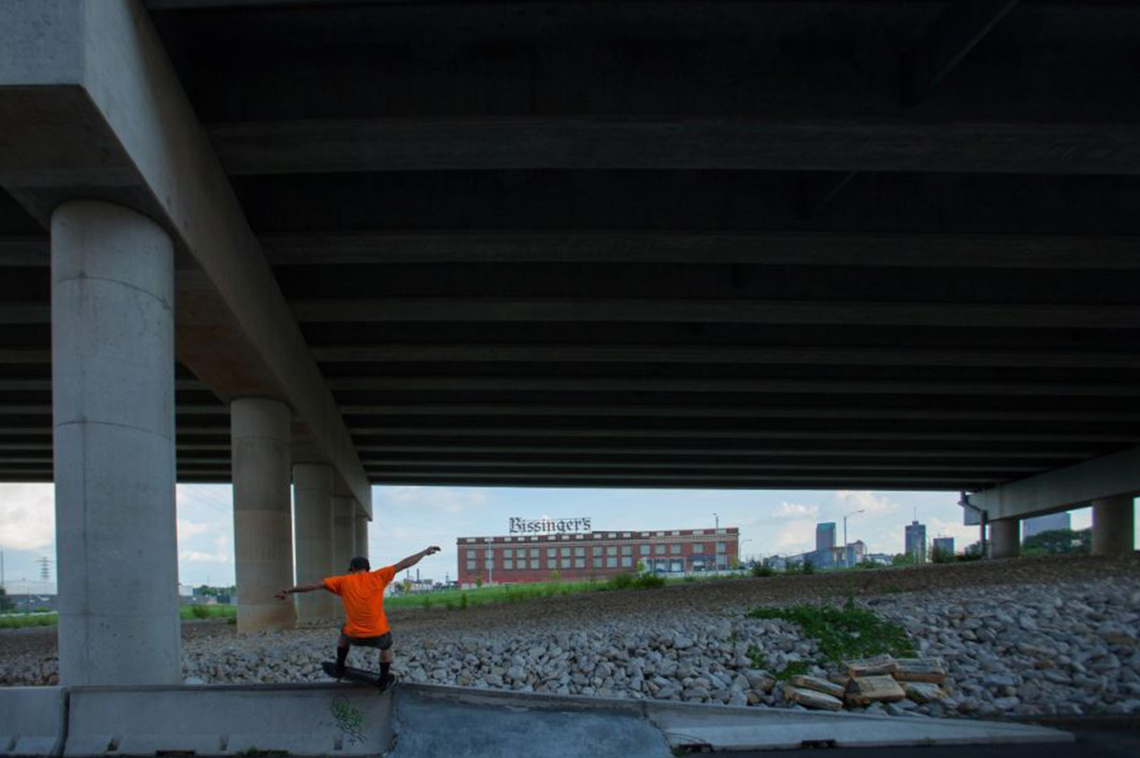
I recently had the opportunity to enjoy Jen Kinney’s article reviewing Michael DeFilippo’s photo essay recognizing the alignment of his 60th birthday with that of the 60th birthday of the U.S. interstate highway system. This article, punctuated by Mr. DeFilippo’s striking photos and quotes, were a stark reminder of many of the communities we have visited over the last two years. Many of these places continue to suffer generational marginalization and disinvestment because of the sometimes unintentional, and, as Roberto Bedoya recently reminded us in this post on A Blade of Grass’ website the, at times, very intentional decisions to divide communities across this beautiful country.
Ms. Kinney also notes that “…Transportation Secretary Anthony Foxx pointed out in April, [that] ‘We now know — overwhelmingly — that our urban freeways were routed through low-income neighborhoods. Instead of connecting us to each other, highway decision-makers separated us.’”
As noted by Mr. DeFilippo, there are some glimmers of hope for the role that artists have played and will continue to play in remedying these decades-long divisions and reimagining the future of this vital public infrastructure as beautiful, functional, and designed to connect and amplify communities instead of dividing them. One exciting example Ms. Kinney links to in this post she previously discussed in an article she wrote highlighting the “…first Every Place Counts workshop, part of a U.S. DOT initiative to reconnect communities severed by mid-century highway building, [that] kicked off in Spokane, Washington…” Ms. Kinney goes on to explain that “Spokane was one of four cities the DOT announced in June would receive this support, along with Philadelphia, Nashville and Minneapolis-St. Paul.”
The Every Place Counts Design Challenge “was open to communities that had a transportation project already in the works that had the potential to reconnect people to essential services like health care or schools that has been cut off by existing infrastructure.” Explained Ms. Kinney. At ArtPlace, we also continue to find great inspiration from our own portfolio. We have been thrilled to learn from the work that ValleyArts is leading with a variety of community partners in Orange, NJ. Their team is working to uncover the history, and document the impacts, of interstate 280 in Essex County NJ as an opportunity to heal and connect those most deeply impacted. I am sure there are many other examples of work artists are leading in communities. We would love for you to share the ones that have inspired you in response to this post.





